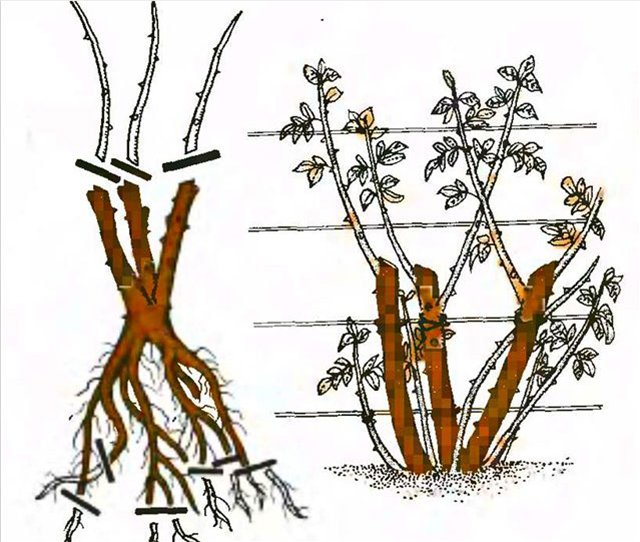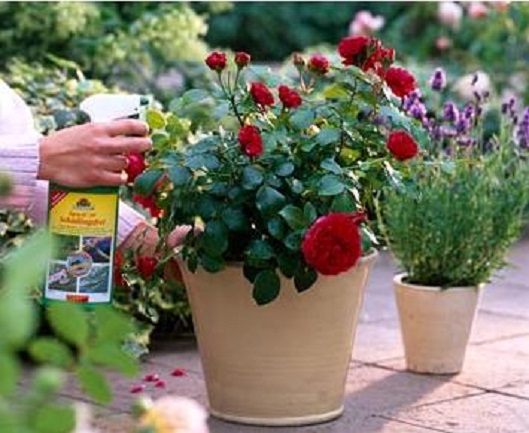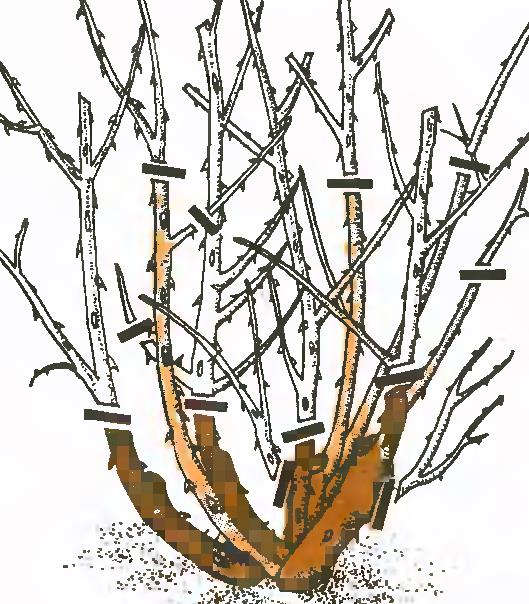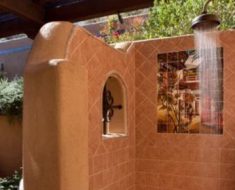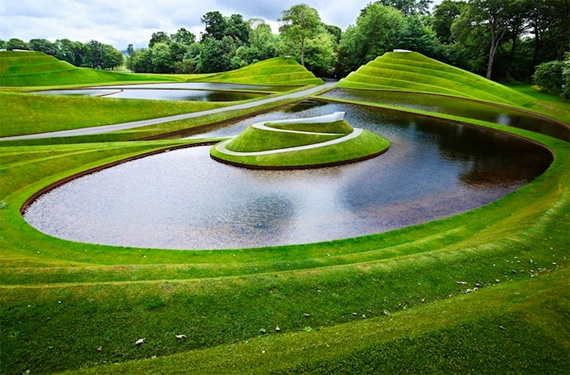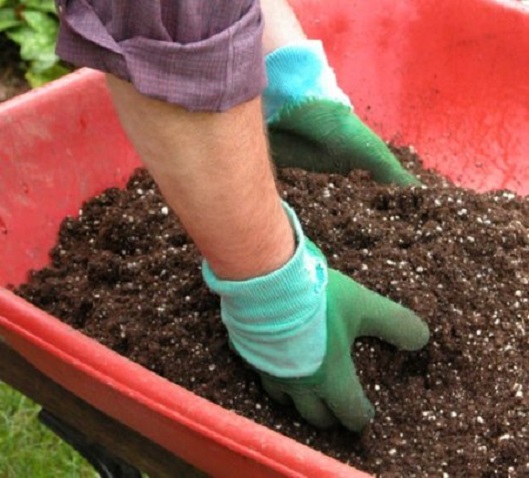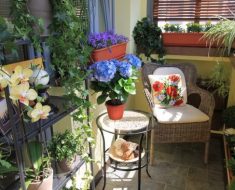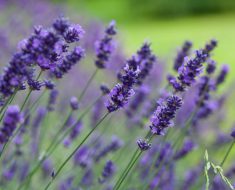Climbing plants in the garden is a common occurrence. They create additional verticals, thereby increasing the visual space of the site. Basically, they are planted at the entrance to the house or garden, they are farted through arches and gazebos, they are often the center of the floral-leafy composition, they are woven around the walls of buildings or houses.
It is believed that climbing plants can harm the stone walls of the house – to violate their integrity and contribute to their destruction. However, if you look at ancient castles, you will see that many are entwined with, for example, ivy. In fact, this statement is not proven. On the contrary, there is evidence that the same ivy, tightly covering the walls, creates a thermal screen that protects the building from extreme temperatures, reduces the harmful effects of pollution. This was proven by a study by the University of Oxford.
However, this does not mean that climbing plants do not need to be directed and monitor their growth. Here are a few reasons why they need to be directed.
Reasons to follow the state of climbing plants by the walls.
- Take your climbing plants away from windows, gutters, roofs, ceilings, etc. Always monitor their condition: if they are clogged, they cause more harm to the house than plants, leaves, parts of plants that have got there.
- Ensure that there are no cracks on the walls. Plants will further expand them. Before planting, make sure that the wall is smooth and, if necessary, to seal the flaws.
- Climbing plants can increase the wind load on the structure. When they reach the top and can no longer rise, they begin to build up a green mass, which can become very significant. Every year, prune them after flowering or fruiting.
- There is also an opinion that climbing plants cause dampness in the walls of a house due to their slowing down of the drying process. But also prevent moisture from entering. If you are still worried about this, then plant climbing against the walls that are not subject to heavy rainfall in your area. Most often, these are all directions except the south-west.
- Among climbing plants, there are those that develop a powerful root system during their lifetime. It can affect the foundation of the structure. Before planting such a “vyun” consider whether your foundation can resist against such roots.
Only 5 reasons can harm the walls of the house. But if in time to keep track of the climbing plant, then there will be no problems either near the walls, nor you, nor the climbing plant.
Climbing plants that can be planted near the walls of the house
Pileostegia viburnoides
Parthenocissus henryana
Hydrangea anomala subsp. petiolaris
Jasminum nudiflorum
Trachelospermum jasminoides
Hedera algeriensis Gloire de Marengo
Lonicera x tellmanniana
Cobaea scandens
Schizophragma integrifolium
Actinidia kolomikta
Enjoy your growing!

